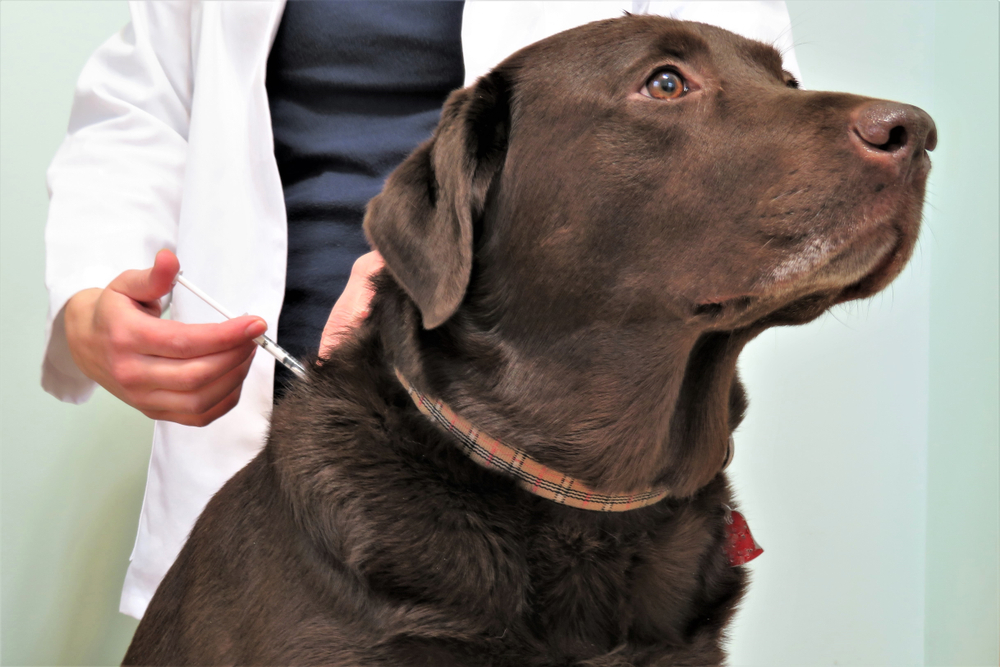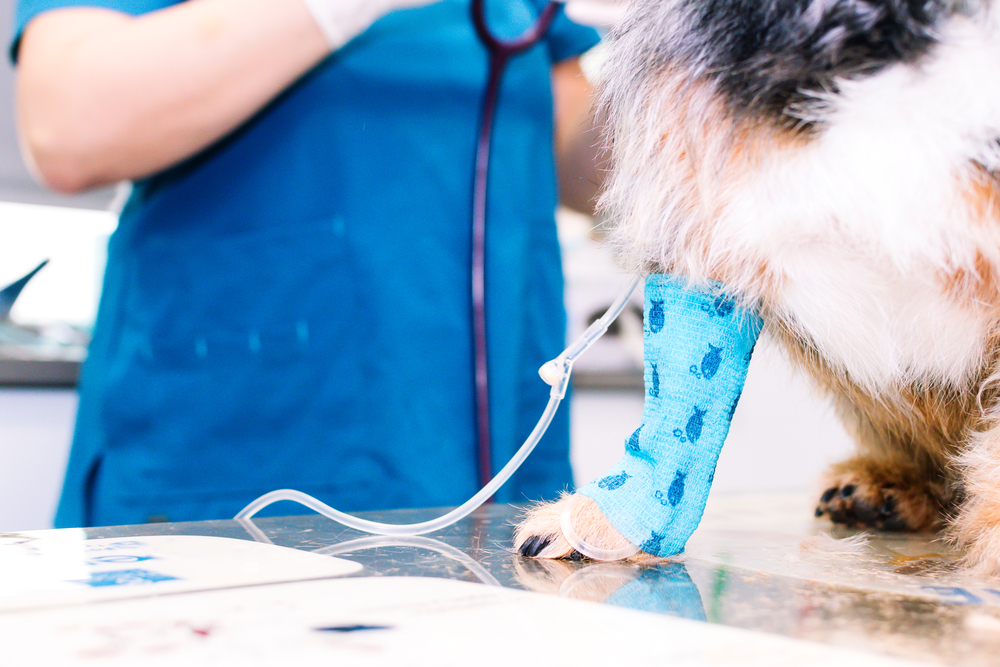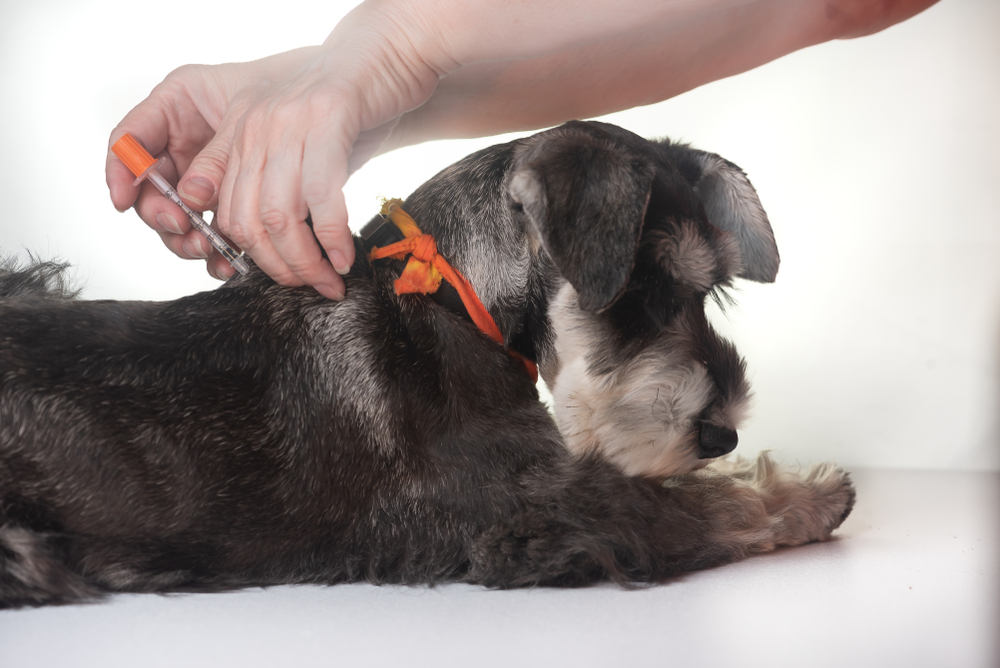
Diagnosis of diabetes insipidus in dogs should be based on signs and symptoms, and initial diagnostic workup should include a thorough history and physical examination. In cases where the cause of diabetes insipidus is unknown, a complete blood count, biochemistry profile, and urinalysis with sensitivity and culture should be obtained.
Table of Contents
Diagnosis

Diabetes insipidus is a disease of the kidneys that can be treated by treating the underlying disease. However, it is important to keep in mind that NDI therapy is not always successful and that a dog can relapse. Treatment for this disease usually focuses on treating the underlying cause, such as infection. Some medications are effective in reducing the volume of urine produced by the kidneys, including thiazide diuretic medications.
The clinical signs associated with diabetes insipidus include polyuria and polydipsia. In addition, the disease may lead to urinary incontinence, which is an involuntary loss of water. Some dogs may also exhibit signs related to the brain structures surrounding the pituitary gland.
Diagnosing diabetes insipidus in dogs begins with a careful history and physical examination. Initial diagnostic tests may include blood sugar levels and chemistry panels to rule out other underlying medical conditions. In some cases, other causes of diabetes insipidus may be present and a DI diagnosis can be made with a different test.
If the symptoms are consistent with diabetes insipidus, your veterinarian may recommend further testing. Additional testing may include a urine test or a water deprivation test. This test will help determine whether your dog is producing large amounts of urine or not. Your veterinarian may also recommend medications for your dog.
Diagnosing diabetes in dogs can be challenging, but it's not impossible. A vet can use urine tests to confirm the diagnosis. If your dog has diabetes insipidus, your veterinarian may recommend an appropriate treatment plan.
Treatment

Treatment of diabetes insipidus in a dog can be difficult, but with the right care, it is possible to reverse the condition. Treatment options include diet changes and reducing salt intake. It is important to avoid giving your pet treats with excessive salt, such as rawhide. However, you should not restrict your dog's water intake. This can be harmful for your dog's health.
Diagnosing diabetes insipidus in a dog involves several tests, including a complete blood count and blood chemistry panel. A urinalysis is also performed to evaluate urine concentration and determine how much water your dog is consuming. If you suspect that your dog has diabetes insipidus, the most common treatment is a synthetic form of the hormone ADH. This drug is usually administered as an injection or as eye drops. The recommended dose is one to four drops once or twice per day.
Diagnosis of diabetes insipidus should be made by a veterinarian. A vet will take a complete medical history and perform a physical examination. A blood test and urine test will be performed to rule out other medical conditions, such as kidney disease, diabetes mellitus, and liver disease.
The treatment of diabetes insipidus in dogs can vary, depending on the cause. If it is caused by a lack of ADH, the doctor may need to supplement synthetic ADH. Conversely, if the condition is caused by an inability of the kidney to respond to ADH, the treatment may be more complex.
Diabetic dogs often exhibit extreme water consumption. This can result in excessive urination, and even accidents in the home. Lab tests may be required in order to determine the cause of the condition.
Causes

Dogs can develop diabetes when their insulin levels become insufficient, preventing glucose from reaching their cells. As a result, these cells become starved and produce ketones, a type of acid, that is acidifying the blood and can be life-threatening. As a result, a diabetic dog needs immediate medical attention.
Diabetes can develop at any age in dogs, although it usually strikes older dogs. It is twice as common in female dogs than in males. It can also occur in dogs with certain genetic or health conditions, such as obesity and pancreatitis, which causes the pancreas to produce too much growth hormone.
Symptoms of diabetes in dogs may include increased thirst, weight loss, or excessive urination. A vet will perform diagnostic tests to determine if your dog is suffering from diabetes. Regular checkups are important to detect the disease at an early stage and prevent it from progressing. Adult dogs should be examined at least once a year, and senior dogs should be seen at least every six months.
The treatment of diabetes in dogs is the same as that for humans. The primary medication is insulin, which moves glucose from the bloodstream into the body's cells. It is absorbed subcutaneously, or under the skin. Most dogs with diabetes require insulin injections twice a day. The needles used are extremely tiny and the dose is given as directed by a veterinarian.
Diabetic dogs may also experience other complications, such as pancreatitis, Cushing's disease, and urinary tract infections. In extreme cases, dogs with diabetes may also suffer from seizures, which can be life-threatening if left untreated.
Signs
There are many signs that your dog may be suffering from diabetes insipidus, but the most common are increased thirst and urine volume. Some dogs with the disease appear to be thirsty all the time. While their thirst may vary, they typically drink ninety to one hundred milliliters of water per kilogram of body weight per day.
Diabetic insipidus is an idiopathic disease, meaning the cause is unknown. However, it can be caused by congenital defects, trauma, metabolic conditions, and adverse reactions to medications. It can also be caused by a tumor in the pituitary gland. In most cases, diabetes insipidus can be treated, but in some cases, it can recur.
Diagnosis of diabetes insipidus is most often made with a water withdrawal test. During the test, a veterinarian withholds water from a dog for twelve to twenty-four hours, and monitors the amount of urine produced, weight, and specific gravity of urine. A dog with diabetes insipidus will be severely dehydrated, and the veterinarian will be able to tell if your dog is suffering from the condition by observing their urine output and specific gravity. The veterinarian may give your dog fluids intravenously to help control their symptoms.
Diabetes insipidus in dogs is a rare disease. Aside from excessive thirst, it can also cause excessive urination. In addition to the above mentioned symptoms, a vet will also be able to give you tips on how to recognize and treat diabetes in dogs.
A dog with diabetes insipidus will produce excessive amounts of urine. This is due to a malfunction of the pituitary gland, which regulates the body's ability to conserve water. A dog with diabetes insipidus will also experience excessive thirst. Diabetic insipidus is distinct from diabetes mellitus in dogs, which is a disease of the sugar metabolism.
Prevention

Diabetes is a common condition in both human and canine populations and is often associated with poor diet. It is a disease characterized by low levels of insulin in the body, which results in an impaired ability of the body to use glucose. Insulin is a hormone that is produced after a dog eats and transports nutrients to different parts of the body. When your dog's insulin level is low, it signals a problem. Fortunately, there are some easy steps that can be taken to prevent diabetes in your canine companion.
The first step in prevention is to monitor your dog's blood sugar levels regularly. Getting a blood glucose monitor will help you track your dog's progress and ensure that you are providing a balanced diet. You should also offer a regular meal high in complex carbohydrates. Avoid giving your dog table scraps or sugary beverages as they can spike your dog's blood sugar levels.
In addition to checking your dog's blood glucose level, you should check your dog's urine for ketone bodies, which are water-soluble compounds produced during fatty acid metabolism. Your veterinarian can recommend medication for your dog if you suspect diabetes in your dog. Depending on the severity of your dog's diabetes, treatment may require hospitalization. In less-severe cases, a simple diet change may be enough.
Another step in prevention of diabetes in dogs is to keep them active. Regular exercise helps control their blood sugar levels, and keeping them active will keep them healthy and happy. A high-quality diet and plenty of exercise are the key to preventing diabetes in dogs. And keeping your dog's weight within a healthy range will also help.










